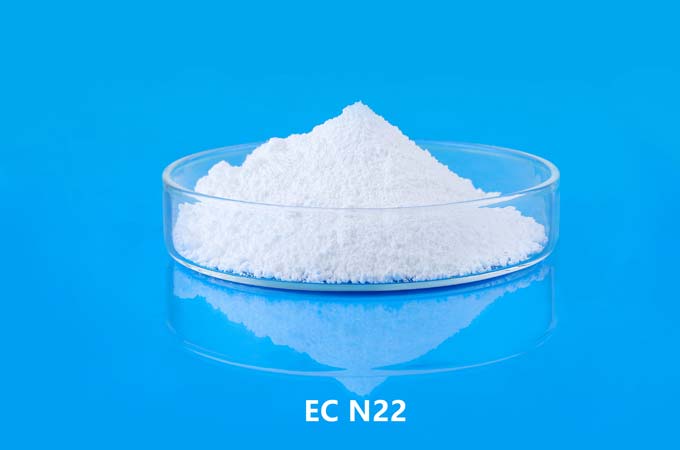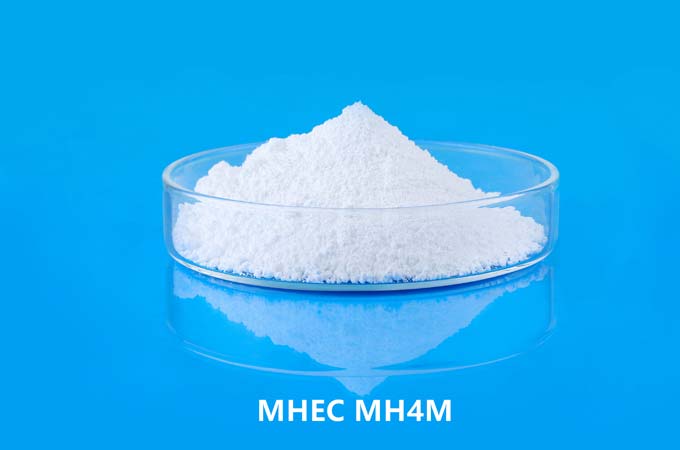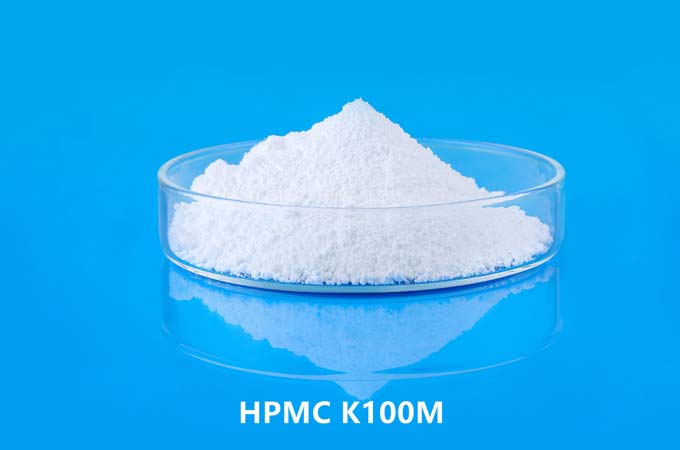Hydroxypropyl methylcellulose (HPMC) is widely used in the formulation of putty powder due to its beneficial properties, such as water retention, thickening, and improved workability. However, its application can encounter various problems that need to be addressed to ensure optimal performance. Here are some common issues and their solutions:
1. Poor Water Retention
Problem:
Poor water retention in putty powder can lead to issues such as rapid drying, which affects the workability and final strength of the putty. This is particularly problematic in hot and dry conditions.
Solution:
To improve water retention, it is essential to use HPMC with the appropriate viscosity and molecular weight. Higher viscosity HPMC generally provides better water retention. Additionally, increasing the HPMC dosage within the formulation can also enhance water retention. It's also beneficial to ensure the HPMC is fully dissolved and evenly distributed in the mix.
2. Inconsistent Viscosity
Problem:
Inconsistent viscosity can result in uneven application, poor leveling, and difficulties in achieving a smooth surface finish.
Solution:
To achieve consistent viscosity, it is crucial to control the quality and concentration of HPMC. Using high-purity HPMC with a stable viscosity profile can mitigate this issue. Proper mixing techniques should be employed by the HPMC factory to ensure that the product is fully hydrated and dispersed. Pre-wetting HPMC before adding it to the putty mixture can also help in achieving consistent viscosity.
3. Poor Workability
Problem:
Poor workability of putty can lead to difficulties in application, uneven spreading, and poor adhesion to the substrate.
Solution:
Improving workability involves optimizing the wholesale HPMC content to ensure smooth application and ease of handling. Using modified HPMC grades designed for enhanced workability can be beneficial. Additionally, incorporating other additives such as plasticizers or water-retaining agents can further improve the application properties of the putty.
4. Cracking
Problem:
Cracking in the putty layer can occur due to excessive shrinkage, rapid drying, or inadequate flexibility.
Solution:
To prevent cracking, it is important to ensure good water retention by using the appropriate HPMC grade and dosage. Adding fibers or other reinforcing materials to the putty can also help in reducing shrinkage and increasing flexibility. Controlled curing conditions, avoiding exposure to high temperatures and direct sunlight immediately after application, can further reduce the risk of cracking.
5. Poor Adhesion
Problem:
Poor adhesion of the putty to the substrate can lead to delamination and poor durability of the finish.
Solution:
Enhancing adhesion can be achieved by using HPMC with good film-forming properties. Ensuring that the substrate is clean, dry, and properly prepared before application is also critical. Additionally, incorporating bonding agents or primers in the system can improve adhesion to difficult substrates.
6. Sagging
Problem:
Sagging occurs when the applied putty moves downward, leading to uneven thickness and an unsightly finish.
Solution:
To prevent sagging, it is necessary to optimize the viscosity and thixotropy of the putty mix. Using a higher viscosity HPMC and ensuring the right balance of fillers can help maintain the desired consistency. Adjusting the application technique, such as applying thinner layers in multiple passes, can also reduce the risk of sagging.
7. Efflorescence
Problem:
Efflorescence, the migration of salts to the surface, can mar the appearance of the putty and compromise its durability.
Solution:
Efflorescence can be minimized by ensuring proper water retention to avoid rapid drying, which promotes salt migration. Using high-purity raw materials with low salt content, along with adequate curing conditions, can also help prevent this issue. Applying a sealer over the finished putty layer can provide additional protection against efflorescence.
8. Incompatibility with Other Additives
Problem:
Incompatibility between HPMC and other additives in the putty formulation can lead to phase separation, reduced effectiveness, or undesirable reactions.
Solution:
To avoid incompatibility issues, it is important to conduct thorough compatibility testing during the formulation development stage. Selecting additives that are known to be compatible with HPMC, or using pre-tested formulations from suppliers, can mitigate this risk. Adjusting the sequence of ingredient addition during mixing can also help improve compatibility.
9. Color Variations
Problem:
Color variations in the finished putty layer can occur due to uneven mixing, differences in raw material batches, or reaction with environmental factors.
Solution:
Ensuring uniform mixing and thorough blending of all components is crucial to avoid color variations. Using high-quality, consistent raw materials can help maintain color uniformity. Additionally, incorporating UV stabilizers or colorants that are resistant to environmental conditions can improve color stability over time.
10. Application Temperature Sensitivity
Problem:
Sensitivity to application temperature can affect the performance and workability of putty powder, particularly in extreme weather conditions.
Solution:
To address temperature sensitivity, it is essential to select HPMC grades that are formulated to perform well across a range of temperatures. Adjusting the formulation to include other temperature-stabilizing additives can also help. During extreme conditions, modifying application techniques, such as applying in cooler parts of the day, can mitigate temperature-related issues.
the effective use of HPMC in putty powder applications requires careful consideration of its properties and interaction with other formulation components. By understanding and addressing common problems such as poor water retention, inconsistent viscosity, poor workability, and others, formulators can optimize the performance and durability of putty powders. Through proper selection, testing, and adjustment of HPMC and other ingredients, high-quality, reliable putty formulations can be achieved.
 English
English 日本語
日本語 français
français Deutsch
Deutsch Español
Español italiano
italiano русский
русский português
português العربية
العربية Türkçe
Türkçe Nederland
Nederland



